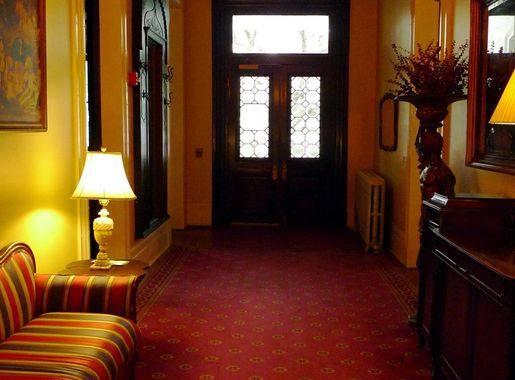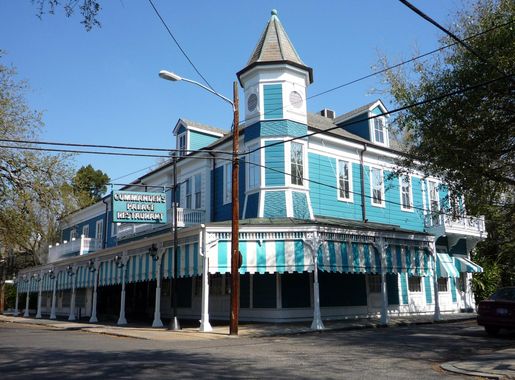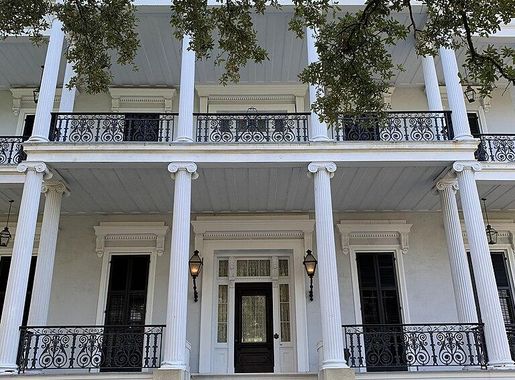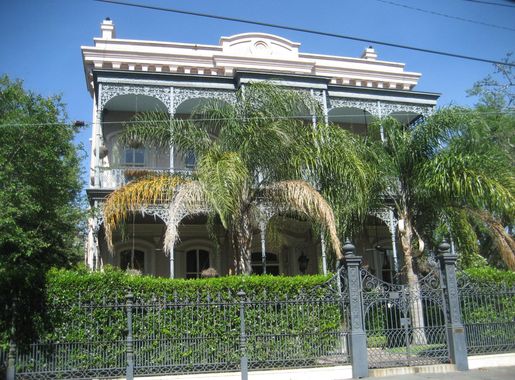
Garden District: The Elegant Heart of New Orleans
Discover the Garden District in New Orleans: A historic neighborhood brimming with stunning architecture, lush gardens, and a lively dining and shopping scene.
The Garden District in New Orleans is a picturesque neighborhood renowned for its well-preserved 19th-century mansions, lush gardens, and oak-lined streets. This enchanting area offers a glimpse into the city's opulent past, making it a must-visit for history buffs and architecture enthusiasts alike. Strolling through the Garden District feels like stepping back in time, with grand homes that showcase Greek Revival, Italianate, and Victorian styles. Many of these historic houses are adorned with intricate ironwork and surrounded by beautiful gardens, providing a feast for the eyes at every turn. The neighborhood is also home to some of New Orleans' most famous landmarks, including the Lafayette Cemetery No. 1. This iconic cemetery, with its above-ground tombs and centuries-old graves, offers a fascinating glimpse into the city's unique burial practices and rich history. A guided tour of the cemetery is highly recommended to fully appreciate its significance and the stories it holds. In addition to its architectural and historical treasures, the Garden District boasts a vibrant dining and shopping scene. Magazine Street, which borders the neighborhood, is lined with an array of boutiques, antique shops, and restaurants. Here, visitors can find everything from locally-made crafts to gourmet cuisine, ensuring that there's something for everyone. Whether you're a history lover, a foodie, or simply someone who appreciates beautiful surroundings, the Garden District promises an unforgettable experience.
Local tips in Garden District
- Take a guided walking tour to learn about the history and architecture of the area.
- Visit Lafayette Cemetery No. 1 early in the day to avoid crowds and the heat.
- Wear comfortable shoes as the best way to explore the Garden District is on foot.
- Don't miss Magazine Street for shopping and dining; it's a local favorite.
- Carry water and sun protection, especially during the hot summer months.
Garden District: The Elegant Heart of New Orleans
The Garden District in New Orleans is a picturesque neighborhood renowned for its well-preserved 19th-century mansions, lush gardens, and oak-lined streets. This enchanting area offers a glimpse into the city's opulent past, making it a must-visit for history buffs and architecture enthusiasts alike. Strolling through the Garden District feels like stepping back in time, with grand homes that showcase Greek Revival, Italianate, and Victorian styles. Many of these historic houses are adorned with intricate ironwork and surrounded by beautiful gardens, providing a feast for the eyes at every turn. The neighborhood is also home to some of New Orleans' most famous landmarks, including the Lafayette Cemetery No. 1. This iconic cemetery, with its above-ground tombs and centuries-old graves, offers a fascinating glimpse into the city's unique burial practices and rich history. A guided tour of the cemetery is highly recommended to fully appreciate its significance and the stories it holds. In addition to its architectural and historical treasures, the Garden District boasts a vibrant dining and shopping scene. Magazine Street, which borders the neighborhood, is lined with an array of boutiques, antique shops, and restaurants. Here, visitors can find everything from locally-made crafts to gourmet cuisine, ensuring that there's something for everyone. Whether you're a history lover, a foodie, or simply someone who appreciates beautiful surroundings, the Garden District promises an unforgettable experience.
Iconic landmarks you can’t miss
Walter Grinnan Robinson House
Explore the architectural beauty and historical significance of the Walter Grinnan Robinson House in New Orleans' Garden District.
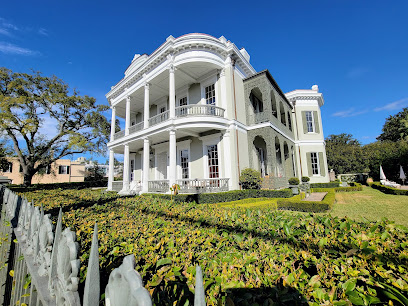
Briggs-Staub House
Discover the architectural charm of the Briggs-Staub House, a historic gem in New Orleans that showcases the city's rich heritage and vibrant culture.
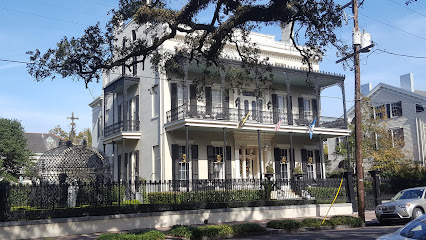
Garden District
Discover the timeless elegance of New Orleans' Garden District, where stunning architecture meets lush gardens and rich history in a picturesque setting.
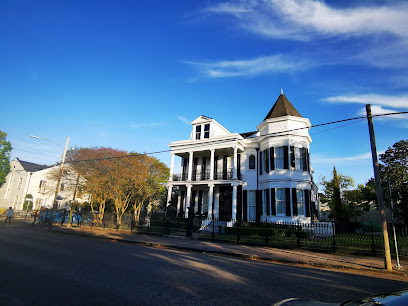
Carroll-Crawford House
Discover the charm of New Orleans at the Carroll-Crawford House, a historical landmark showcasing exquisite 19th-century architecture and lush gardens.
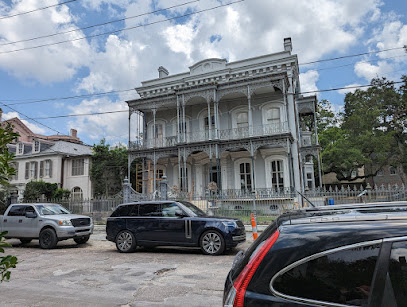
The Seven Sisters
Explore The Seven Sisters, a stunning collection of historic homes in New Orleans, showcasing the city's rich architectural heritage and vibrant cultural history.
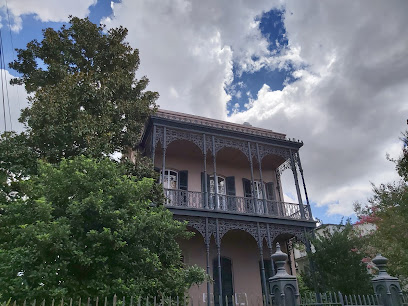
Soria-Creel mansion/ AMC’s Mayfair Mansion
Discover the Soria-Creel Mansion, a stunning historical landmark in New Orleans, showcasing exquisite architecture and rich cultural heritage.
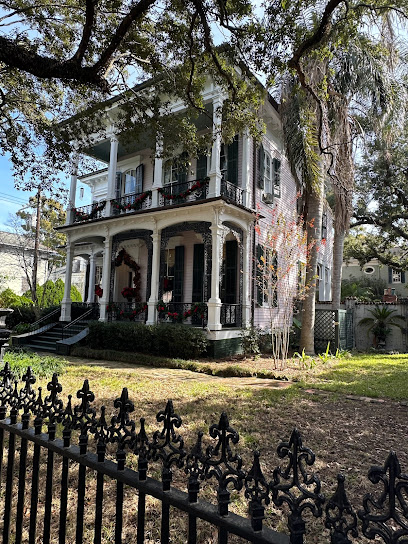
Joseph Merrick Jones House
Discover the charm and history of the Joseph Merrick Jones House in New Orleans, a beautiful landmark showcasing the city's rich architectural heritage.
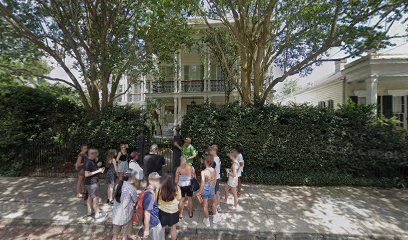
Bradish Johnson House
Explore the Bradish Johnson House in New Orleans, a stunning historical landmark reflecting the city's rich architectural heritage and enchanting gardens.

Montgomery-Hero House
Explore the Montgomery-Hero House in New Orleans, a historic attraction showcasing exquisite architecture and rich cultural heritage.

Garden District Sign
Discover the historical charm of the Garden District Sign in New Orleans, where stunning architecture and rich culture await every traveler.
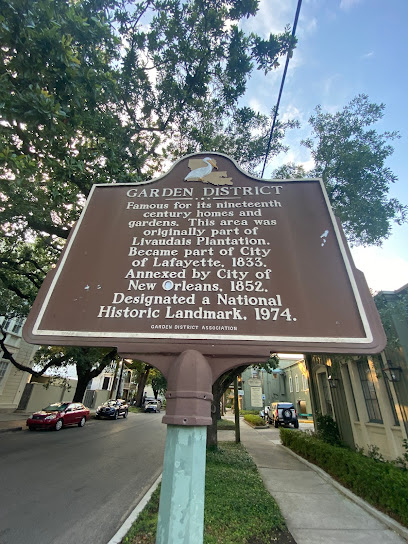
Unmissable attractions to see
The National WWII Museum
Explore the National WWII Museum in New Orleans, where history comes alive through immersive exhibits and heartfelt stories of bravery and sacrifice.

Audubon Park
Explore the lush greenery and cultural richness of Audubon Park, a serene escape in the heart of New Orleans full of natural beauty and family-friendly attractions.
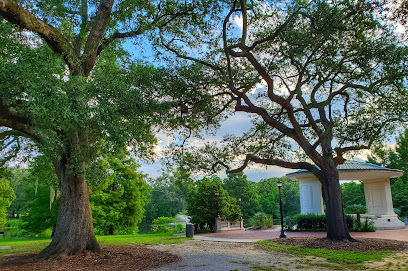
Mardi Gras World
Explore the vibrant artistry and history of Mardi Gras at Mardi Gras World, a must-see attraction in New Orleans for all festival lovers.

New Orleans Museum of Art
Discover the New Orleans Museum of Art, a cultural gem showcasing an extensive collection of art within the beautiful City Park.
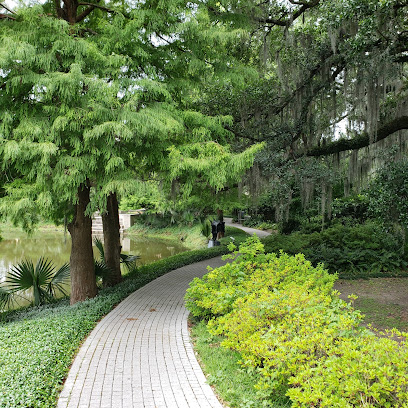
Vue Orleans
Discover breathtaking views and cultural insights at Vue Orleans, the premier observatory in the heart of New Orleans.

Essential places to dine
Cochon Restaurant
Discover the heart of Cajun cuisine at Cochon Restaurant in New Orleans - where every dish tells a story.
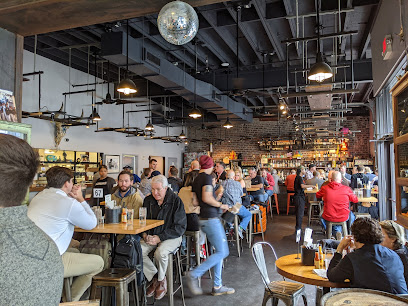
Commander's Palace
Experience the best of Creole cuisine at Commander's Palace, where tradition meets innovation in every exquisite dish.
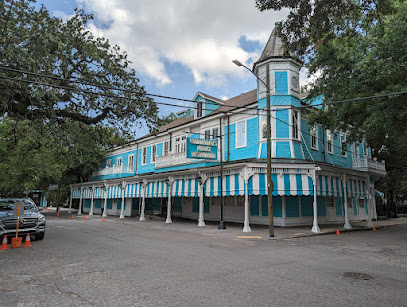
The Rum House
Experience an unforgettable fusion of Caribbean and Mexican flavors at The Rum House in New Orleans.
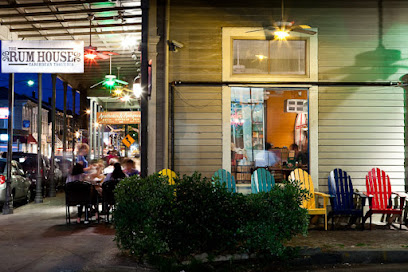
Joey K's Restaurant & Bar
Discover authentic Creole flavors at Joey K's Restaurant & Bar in New Orleans—where every dish celebrates Southern culinary traditions.
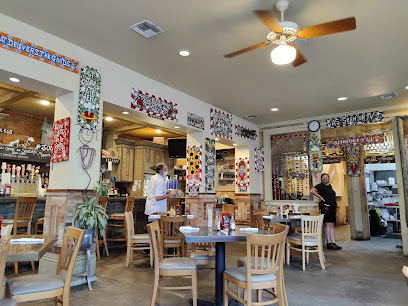
Atchafalaya
Discover authentic Louisiana cuisine at Atchafalaya in New Orleans - where Creole flavors meet Southern hospitality amidst live music.
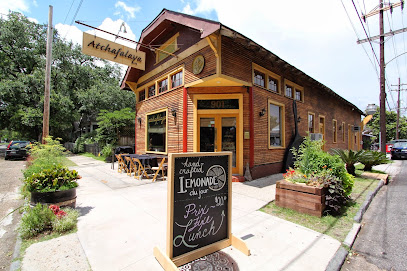
Lula Restaurant Distillery
Experience exceptional brunch and artisanal spirits at Lula Restaurant Distillery in New Orleans' Lower Garden District.
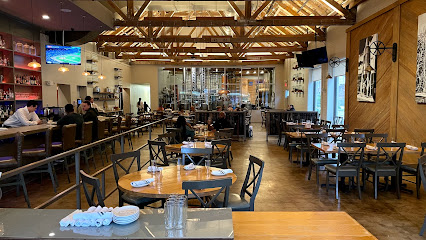
Gris-Gris
Discover the essence of Creole cuisine at Gris-Gris, where tradition meets innovation in every delicious dish.
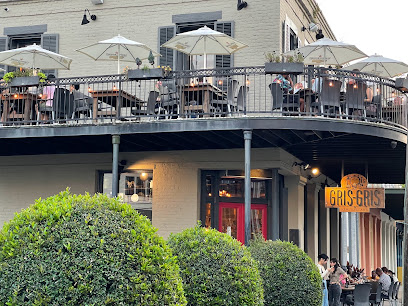
August
Experience unparalleled Louisiana flavors at August, where contemporary elegance meets rich culinary tradition in New Orleans.

The Vintage
Discover The Vintage in New Orleans: A charming café offering delicious meals and warm hospitality in a vibrant setting.
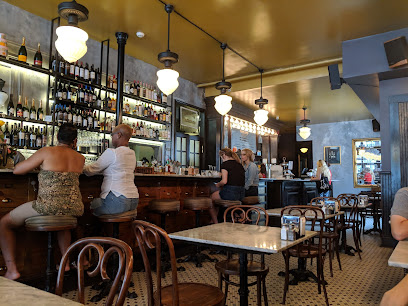
Coquette
Discover Coquette: An exquisite dining experience blending New American cuisine with local flavors in the heart of New Orleans.
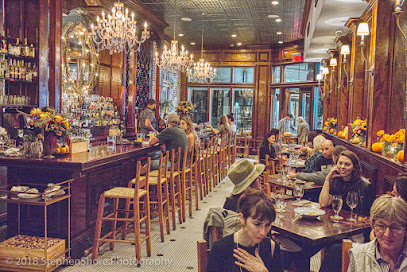
Markets, malls and hidden boutiques
Boutique Du Vampyre
Discover unique vampire-themed treasures at Boutique Du Vampyre in the heart of New Orleans' French Quarter.
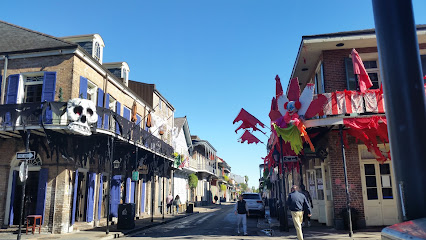
Zèle NOLA
Discover local art and unique crafts at Zèle NOLA, a charming store on Magazine Street in New Orleans, perfect for authentic souvenirs.

Fleurty Girl French Quarter
Explore Fleurty Girl in the French Quarter for unique gifts, fashion, and home goods that embody the spirit of New Orleans.
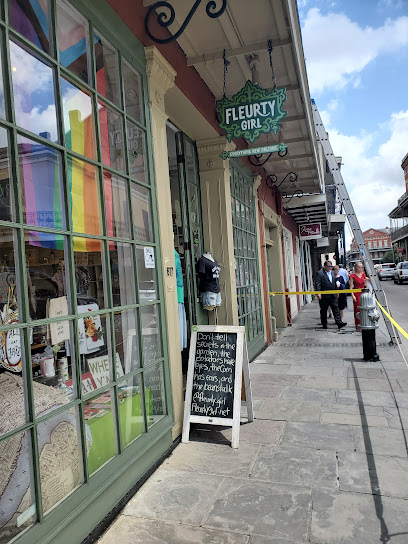
Dirty Coast
Explore Dirty Coast in New Orleans for unique gifts, T-shirts, and children's clothing that capture the city's vibrant culture and charm.

DNO Garden District
Discover unique gifts and stylish clothing at DNO Garden District, a charming shopping destination in the heart of New Orleans' historic Garden District.
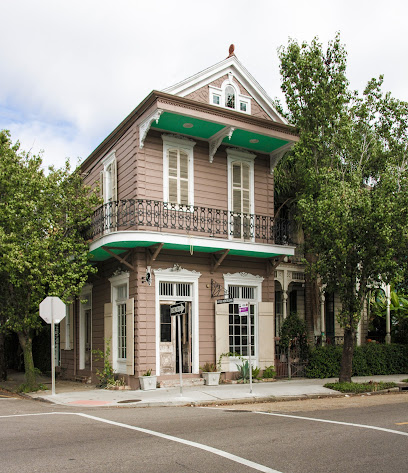
Century Girl Vintage
Explore Century Girl Vintage in New Orleans for a curated selection of timeless fashion that tells a story, perfect for unique wardrobe additions.

Sunday Shop
Explore the eclectic charm of Sunday Shop in New Orleans, where unique home goods, antiques, and furniture combine to create unforgettable decor.
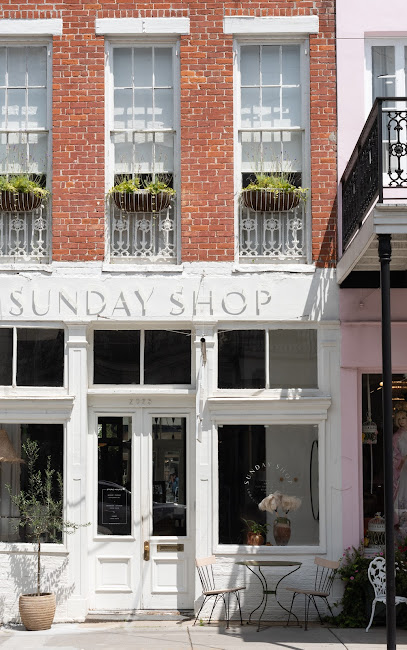
The Collective Shop
Explore The Collective Shop in New Orleans for unique gifts and local treasures that embody the city's rich culture and creativity.

The Good Shop
Discover unique local treasures at The Good Shop, the quintessential boutique in New Orleans showcasing artisan craftsmanship and vibrant culture.
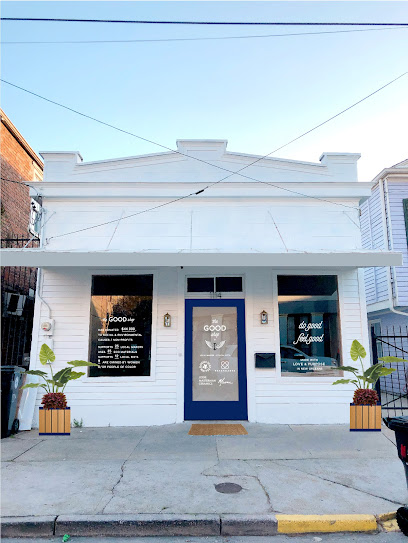
Essential bars & hidden hideouts
The Rum House
Savor the vibrant flavors of Mexico and the Caribbean at The Rum House, a must-visit taco restaurant in New Orleans.
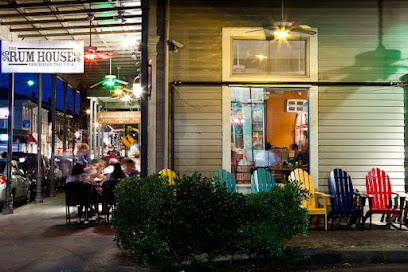
Parasol's
Discover the spirited flavors and friendly atmosphere at Parasol's, the perfect spot for po' boys and drinks in New Orleans.
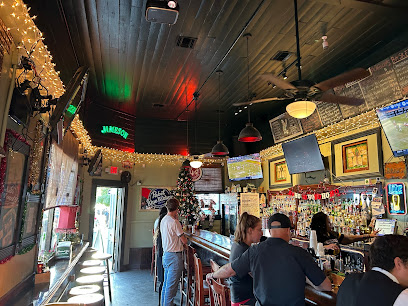
Hot Tin
Experience the vibrant nightlife of New Orleans at Hot Tin, a stylish cocktail bar with stunning skyline views and innovative drinks.
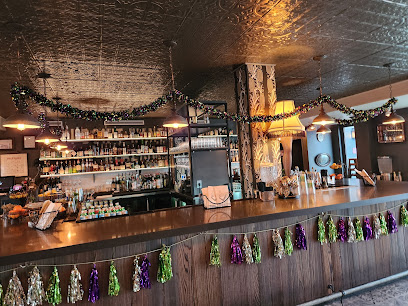
The Bulldog, Uptown
Discover the vibrant atmosphere of The Bulldog, Uptown in New Orleans, where craft beers and delicious food meet southern hospitality.
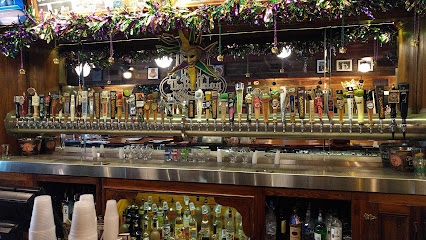
Tracey's Original Irish Channel Bar
Experience the vibrant spirit of New Orleans at Tracey's Original Irish Channel Bar, where delicious Irish cuisine meets fresh seafood in a lively sports bar atmosphere.

Balcony Bar & Cafe
Discover the flavors of New Orleans at Balcony Bar & Cafe, where delicious grill dishes and delightful pizzas await in a vibrant setting.
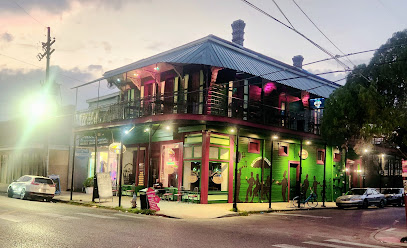
Rendezvous Tavern
Discover the vibrant nightlife at Rendezvous Tavern, a New Orleans bar offering a unique blend of local flavors and a lively atmosphere.
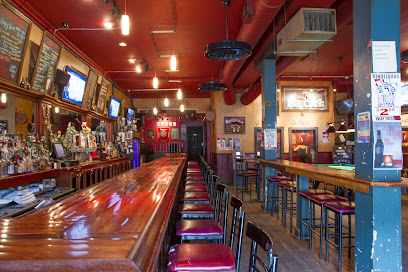
The Tasting Room
Experience the vibrant flavors of New Orleans at The Tasting Room, where tapas and cocktails meet in a stylish atmosphere.

Igor’s Bar & Grill
Discover the lively atmosphere of Igor’s Bar & Grill, where delicious food and refreshing drinks meet New Orleans’ vibrant culture.
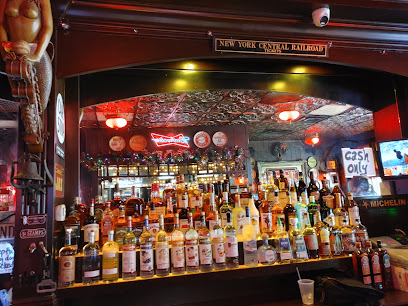
Garden District Pub
Discover the lively atmosphere and local flavors at Garden District Pub - a must-visit bar in New Orleans' historic Lower Garden District.
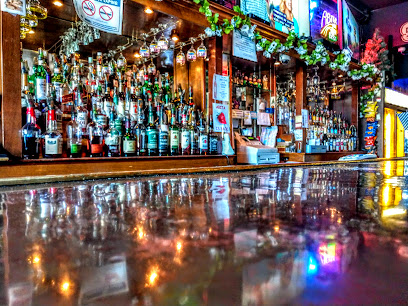
Local Phrases
-
- HelloHowdy
[haw-dee] - GoodbyeLaissez les bons temps rouler
[lay-zay lay bon tom roo-lay] - YesYa
[yah] - NoNon
[nohn] - Please/You're welcomeS'il vous plaît
[see voo play] - Thank youMerci beaucoup
[mair-see bo-koo] - Excuse me/SorryPardon
[par-don] - How are you?Comment ça va?
[kohm-mohn sah vah?] - Fine. And you?Bien. Et vous?
[byen. ay voo?] - Do you speak English?Parlez-vous anglais?
[par-lay voo ahn-glay?] - I don't understandJe ne comprends pas
[zhuh nuh kohm-prahn pah]
- HelloHowdy
-
- I'd like to see the menu, pleaseJ'aimerais voir le menu, s'il vous plaît
[zhay-mair vwar luh men-yoo, see voo play] - I don't eat meatJe ne mange pas de viande
[zhuh nuh mahnj pah duh vyand] - Cheers!Santé!
[sahn-tay] - I would like to pay, pleaseJe voudrais payer, s'il vous plaît
[zhuh voo-dray pay-yay, see voo play]
- I'd like to see the menu, pleaseJ'aimerais voir le menu, s'il vous plaît
-
- Help!À l'aide!
[ah layd] - Go away!Allez-vous en!
[ah-lay voo ahn] - Call the Police!Appelez la police!
[ah-pel-ay lah plees] - Call a doctor!Appelez un médecin!
[ah-pel-ay un may-deh-sanh] - I'm lostJe suis perdu
[zhuh swee pair-doo] - I'm illJe suis malade
[zhuh swee mah-lahd]
- Help!À l'aide!
-
- I'd like to buy...Je voudrais acheter...
[zhuh voo-dray ash-tay...] - I'm just lookingJe regarde juste
[zhuh ruh-gard zhust] - How much is it?Combien ça coûte?
[kohm-byen sah koot?] - That's too expensiveC'est trop cher
[say troh shay] - Can you lower the price?Pouvez-vous baisser le prix?
[poo-vay voo bay-say luh pree?]
- I'd like to buy...Je voudrais acheter...
-
- What time is it?Quelle heure est-il?
[kell ur ay teel?] - It's one o'clockIl est une heure
[eel ay oon ur] - Half past (10)Dix et demie
[dees ay duh-mee] - MorningMatin
[mah-tahn] - AfternoonAprès-midi
[ah-pray mee-dee] - EveningSoir
[swah] - YesterdayHier
[yair] - TodayAujourd'hui
[oh-zhoor-dwee] - TomorrowDemain
[duh-mahn] - 1Un
[uhn] - 2Deux
[duh] - 3Trois
[twah] - 4Quatre
[kat] - 5Cinq
[sank] - 6Six
[sees] - 7Sept
[set] - 8Huit
[wheat] - 9Neuf
[nurf] - 10Dix
[dees]
- What time is it?Quelle heure est-il?
-
- Where's a/the...?Où est...?
[oo ay...] - What's the address?Quelle est l'adresse?
[kell ay lad-res] - Can you show me (on the map)?Pouvez-vous me montrer (sur la carte)?
[poo-vay voo muh mohn-tray (soor lah kart)] - When's the next (bus)?Quand est le prochain (bus)?
[kohn ay luh proh-shahn (bus)] - A ticket (to ....)Un billet (pour ...)
[uhn bee-yay (poor ...)]
- Where's a/the...?Où est...?
History of Garden District
-
The Garden District, initially known as the 'American Sector', began to develop in the early 19th century as wealthy Americans moved to New Orleans after the Louisiana Purchase in 1803. The area became a fashionable neighborhood, characterized by its stunning antebellum mansions, lush gardens, and oak-lined streets. The architecture reflects a blend of Greek Revival, Italianate, and Victorian styles, showcasing the affluence of its residents.
-
During the Civil War, the Garden District's mansions were often used as hospitals for wounded soldiers. The area remained largely intact compared to other parts of the city, which faced destruction. After the war, many homes were repurposed, and the neighborhood began to see a resurgence in its cultural and social life.
-
The early 20th century saw significant development in the Garden District, marked by the establishment of streetcar lines and increased commercial activity. However, with the rise of suburbanization in the mid-20th century, the neighborhood faced decline. Preservation efforts began in the 1970s as residents sought to protect the historic character of the area, leading to the designation of the Garden District as a historic district.
-
Hurricane Katrina in 2005 had a profound impact on New Orleans, including the Garden District. While the area was spared the worst of the flooding, many homes suffered damage. The subsequent recovery efforts highlighted the community's resilience, with residents actively participating in rebuilding their homes and neighborhoods, reinforcing a strong sense of community identity.
-
Today, the Garden District is celebrated not only for its architectural beauty but also for its vibrant culture, featuring art galleries, boutiques, and renowned eateries. The neighborhood is a focal point for cultural events and festivals, including Mardi Gras parades, contributing to its reputation as a quintessential New Orleans experience. The preservation of its historic homes and gardens allows visitors to explore a living museum of the city’s past.
Garden District Essentials
-
The Garden District is easily accessible from other neighborhoods in New Orleans. If you're coming from the French Quarter, you can take the historic St. Charles Streetcar, which runs along St. Charles Avenue, directly into the heart of the Garden District. The ride takes about 20-30 minutes. Alternatively, you can take a taxi or rideshare service for a quicker option. From the Central Business District (CBD), it's a short walk or a quick streetcar ride along Canal Street to St. Charles Avenue.
-
The Garden District is best explored on foot to fully appreciate its stunning architecture and lush gardens. However, the St. Charles Streetcar also provides convenient transportation throughout the area. Bicycles can be rented from local shops, and bike lanes are available on some streets. Taxis and rideshare services are also readily available for longer distances or late-night travel.
-
The Garden District is generally safe for tourists, but it's wise to stay vigilant. While most of the area is well-lit and frequented by visitors, it's advisable to avoid walking alone late at night, especially in less populated areas like some side streets. Certain neighborhoods adjacent to the Garden District, such as parts of Central City, have higher crime rates, so exercise caution and stay aware of your surroundings.
-
In case of an emergency, dial 911 for police, fire, or medical assistance. The nearest hospital is Tulane Medical Center, which is equipped to handle emergencies. Always keep a copy of your insurance information handy. For minor health issues, there are pharmacies within the Garden District where you can purchase over-the-counter medications.
-
Fashion: Do wear comfortable shoes suitable for walking, as you'll be exploring on foot. Don't wear overly revealing clothing, especially when visiting churches. Religion: Do respect local customs, particularly when visiting historic sites. Public Transport: Do be courteous on the streetcar and give up your seat for elderly passengers. Don't eat or drink on public transport. Greetings: Do greet locals with a friendly smile and 'hello.' Don't be overly formal; a casual approach is appreciated. Eating & Drinking: Do try local specialties at cafes and restaurants. Don't waste food or refuse hospitality, as it can be seen as rude.
-
To experience the Garden District like a local, take a stroll along Magazine Street, known for its eclectic shops and restaurants. Visit the local farmers' market on Saturdays for fresh produce and artisanal goods. Engage with locals at nearby cafes, where they often share stories about the neighborhood's history. Don't miss the Lafayette Cemetery No. 1, a historic cemetery that offers fascinating insights into New Orleans' unique burial traditions.
Nearby Cities to Garden District
-
Things To Do in Slidell
-
Things To Do in Houma
-
Things To Do in Gulfport
-
Things To Do in Baton Rouge
-
Things To Do in Biloxi
-
Things To Do in McComb
-
Things To Do in Hattiesburg
-
Things To Do in Lafayette
-
Things To Do in Petaluma
-
Things To Do in Mobile
-
Things To Do in Fairhope
-
Things To Do in Natchez
-
Things To Do in Daphne
-
Things To Do in Gulf Shores
-
Things To Do in Foley


